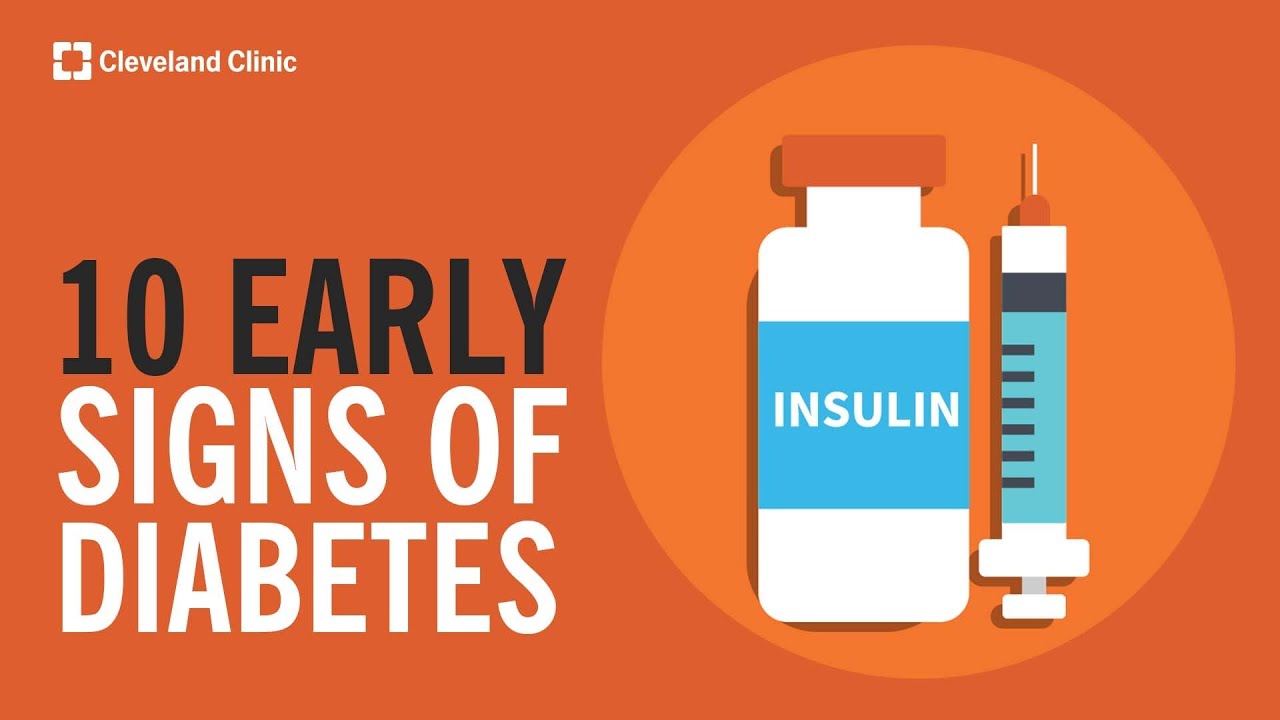NEW YORK (Reuters Health) – Thiazolidinedione treatment of diabetes in older adults is associated with an increased fracture risk, according to a report in the August issue of The Journal of Clinical Endocrinology and Metabolism.
“Use these drugs with caution in older adults with fracture risks,” Dr. Daniel H. Solomon from Brigham and Women’s Hospital, Boston, told Reuters Health.
Dr. Solomon and colleagues sought to determine the association between thiazolidinedione use and fracture risk among 20,964 Medicare beneficiaries with diabetes (mean age 78 years).
During a median follow-up of approximately 10 months, the authors report, 3.3% of the individuals experienced a fracture.
The number of fractures per 1000 person-years was significantly higher among patients using thiazolidinediones (28.7) than among patients using sulfonylureas (23.7) or metformin (19.7).
The number needed to harm for thiazolidinedione users compared with sulfonylurea users was 200, whereas the number for thiazolidinedione users compared with metformin users was 111.
“Although the relative risks we observed in this older adult population appear small,” the investigators note, “the absolute differences in fracture rate are large and potentially clinically meaningful.”
Thiazolidinediones “should be used with great caution because of their recognized side effect profile, including heart failure and fracture,” Dr. Solomon concluded.
“(We have planned) similar studies using recently acquired databases with more information about HbA1c results to better determine the interaction between anti-diabetic drugs and the severity of diabetes,” he added.
Reference:
J Clin Endocrinol Metab 2009;94:2792-2798.








